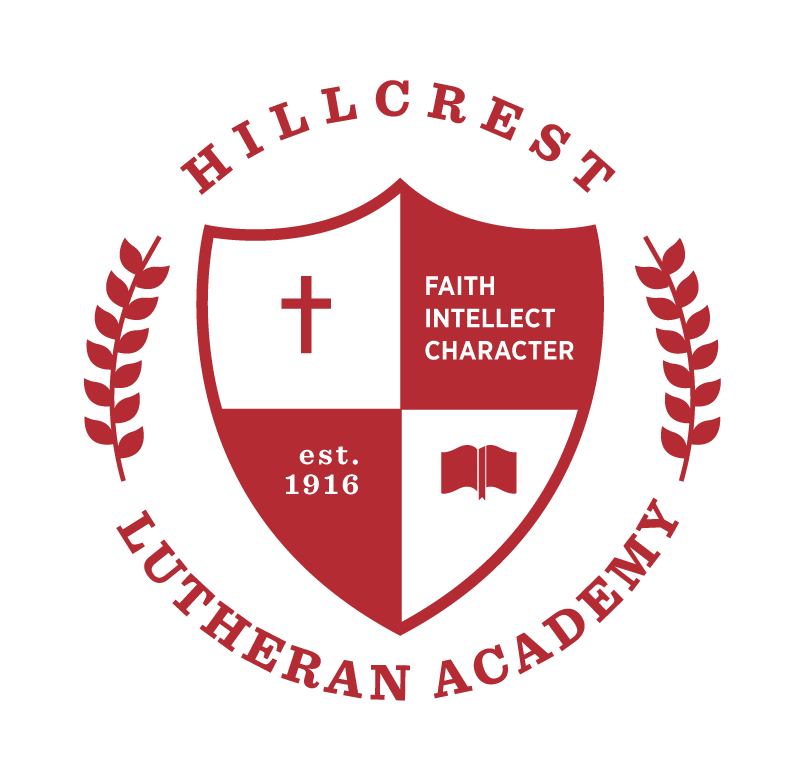From Gym Class to Life Lessons: The Impact of Imitation in Classical Education
In the classical education model, one of the most powerful tools for teaching is the concept of modeling and imitation. At its core, this approach involves students learning by observing and imitating their teachers, a method that has roots deep in the history of education. The ancient Greeks, particularly in the tradition of Socratic dialogue and the apprenticeship system, understood the value of imitation as a primary mode of learning. Today, this time-tested method remains a cornerstone of classical education, emphasizing the formation of character and the development of lifelong habits.
Imitation is not merely about copying actions; it’s about internalizing practices, principles, and virtues through active participation. In a classical education setting, students learn not only by hearing or reading about what is right and good but by seeing it lived out in their teachers and then practicing it themselves. This "see-and-do" system of teaching fosters a strong community where habits and rhythms are shared, creating a unified learning environment.
One key benefit of imitation in the classroom is that it reinforces the development of good habits and disciplined behavior. As students repeatedly follow instructions and engage in modeled activities, they begin to build a framework of self-discipline and attentiveness. These qualities are essential not only for academic success but also for character formation, which is a central aim of classical education.
A shining example of the power of imitation in a classical program is found in Mrs. Retzlaff's gym class. Each day, she begins with a warm-up routine, intentionally modeling the correct form and techniques for her students. This is not just about physical exercise; it’s about teaching students the importance of preparation, attention to detail, and consistency.
As Mrs. Retzlaff demonstrates the proper way to stretch, run, or engage in various exercises, her students watch closely, absorbing her every move. Then, they imitate her actions, learning not only the physical skills but also the underlying principles of discipline, perseverance, and respect for their bodies. Through these repeated actions, students begin to internalize these values, developing habits that will serve them well beyond the gym.
The rhythmic nature of this practice builds a sense of order and predictability, which is comforting and empowering for students. They know what to expect and what is expected of them, which creates a learning environment where they can thrive. The shared experience of moving through these routines fosters a sense of community as students support and encourage one another in their efforts.
In a broader sense, the use of imitation and modeling in classical education helps to build a strong, cohesive community. As students learn to follow instructions and engage in see-and-do activities, they become more attuned to the needs and actions of those around them. This creates a culture of mutual respect and cooperation, where students are not only focused on their success but also on the success of their peers.
Moreover, classical educators can instill in students the importance of character formation by emphasizing imitation as a learning method. When teachers like Mrs. Retzlaff model virtues such as patience, diligence, and integrity, students are more likely to adopt these qualities themselves. This is because they see these virtues lived out in real-time, in the context of everyday activities, making them more tangible and attainable.
The value of modeling in teaching within a classical program cannot be overstated. It is a method that enhances academic learning, strengthens community bonds, and fosters the development of robust and virtuous character. Mrs. Retzlaff’s gym class is a testament to the power of this approach, demonstrating how rhythms, habits, and intentional modeling can lead to lasting and meaningful growth in students. Through imitation, students learn to embody the values and principles that will guide them throughout their lives, both in and out of the classroom.

